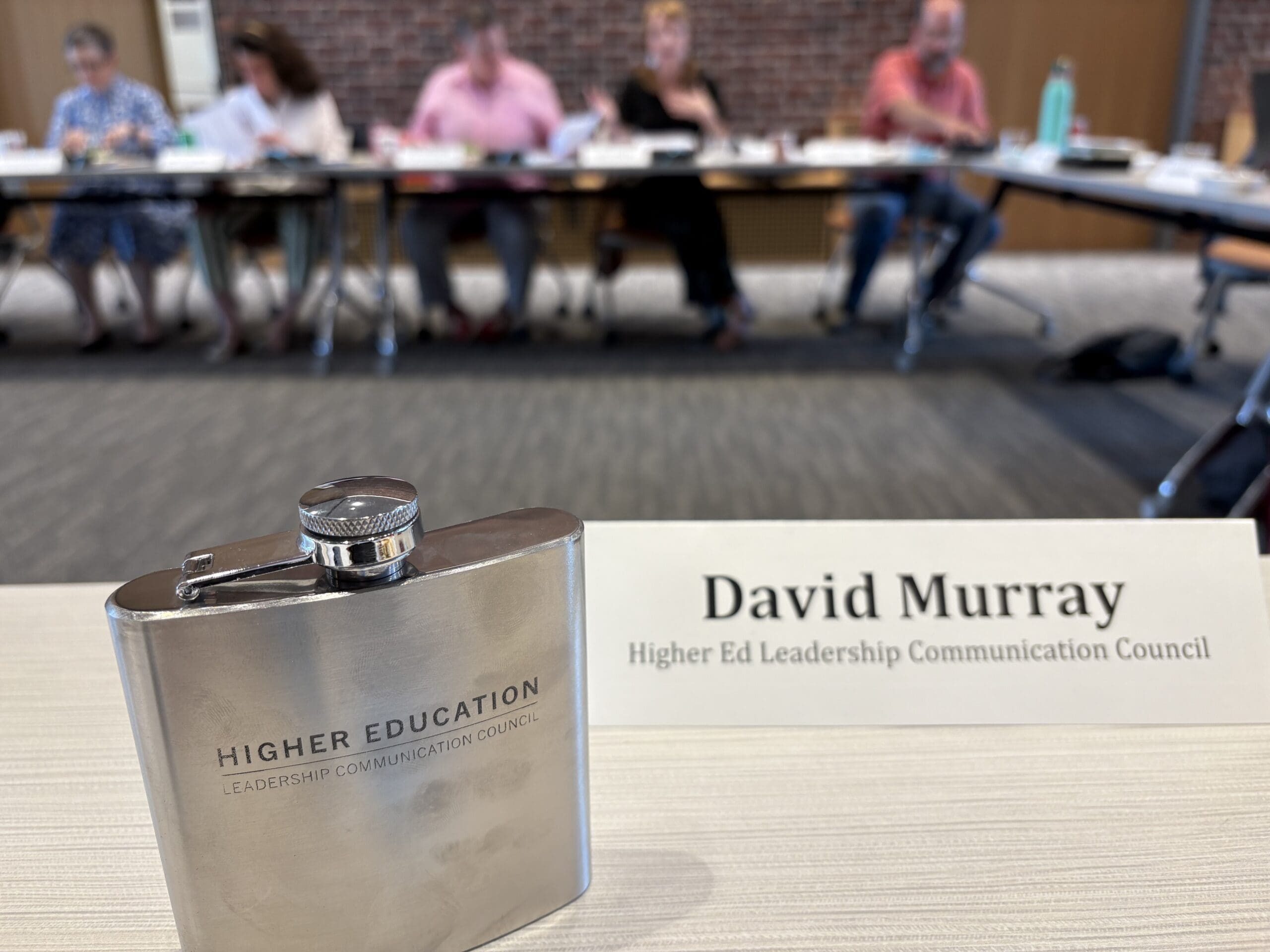On the Road Again: How to Prepare an Executive for a Productive Trip
March 07, 2023
If you're not over-preparing, you're probably under-preparing.
Most likely, the executive you support is often on the road meeting with customers, employees, partners, press and other key audiences in order to advance the goals of the organization. As an Executive Communicator, you can play a critical role in ensuring these trips are a valuable use of time for the executive and all audiences involved.
Sometimes a trip is very straightforward. Flying to one city to meet with one customer or set of employees and then flying back home. Other trips can span days or weeks, across multiple cities, time zones, and audiences. This article breaks down the main elements of trip planning, no matter how complex.
Identify Your Partners, Build a Team
Planning a trip takes a village. Often, the Executive Administrator is the focal point of the entire trip’s planning, so that person will be a key partner. Beyond the EA, other key partners may include the executive’s Chief of Staff; one or several sales leaders responsible for the region; marketing leaders; partners in public relations, analyst relations, investor relations; other executives’ teams in case multiple executives are traveling together; members from your organization’s HR or workplace team in the region; government affairs leaders; physical safety and security; and partners from your legal department.
List out these partners, their titles, contact info and the role they’re playing in the trip. Set expectations on what you need from each of them as you plan the trip. Will they need to join regular planning calls? Do they need to provide input on briefing materials for the executive? Do they need to create a schedule for the executive, like setting up meetings with customers and other stakeholders?
Also determine if a member of staff will accompany the executive. If so, is it the EA, Chief of Staff, you or someone else who will join? Regardless of who joins, that person will be responsible for staying on top of all aspects of the trip—logistics, content, and ensuring the executive has what he or she needs and shows up well prepared.
Create a Planning Process
Often, the planning process for a major trip starts months in advance. Once you’ve identified your key partners, establish a cadence for meeting regularly to review the meeting schedule, discuss logistics, answer questions for the local team, and provide guidance on the plans to date. Track this information in a shareable document so that partners have real-time access to the latest plans. Sometimes it helps to grant Edit access only to select partners who are empowered to make or change plans, while the rest have View-Only access.
During these planning meetings, give each key partner time to provide updates and ask questions. For example, the sales leader will share which customer meetings have been confirmed and which are still in the process of being set up; the PR partner will provide an update on media interviews; the HR or workplace partner will update plans for an employee gathering at the local office; and so on.
Logistics: You Almost Can’t Overprepare for a Trip
Don’t forget to account for logistics throughout the planning process. Ensure enough time is built into the itinerary for flights and transfers, driving from place to place, waiting for the car to arrive, changing clothes, packing, and getting from the hotel room to the lobby.
In the briefing materials, be sure to include important logistical information like contact details for the driver and hotel staff, the weather forecast in that location which will help determine what to pack and wear, and relevant cultural behavior or expectations if visiting a foreign country.
Ensure the local team is aware of any important information like dietary restrictions, preferences for accommodations, and blocked off time that the executive must take calls or meetings that aren’t associated with the trip (ie, candidate interviews, Board meeting or prep).
As needed, be sure the executive is equipped with business cards, local currency, and, if appropriate, Thank You gifts for the local teams or individuals who helped prepare the trip. (A small box of chocolates or treats is usually greatly appreciated.)
Briefing Documents and Meeting Prep
For the actual briefing materials, first determine the preferred format for the executive. Do they want everything electronically, accessible by tablet or phone when on the go? Do they want printouts in a binder that they’ll keep with them? Do they want the materials compiled into one master PDF file, or prefer individual briefing materials per engagement that they can access through their calendar?
Provide a standard briefing template (see January’s Standard Practice) to the key partners so they can include information about the engagements in a consistent way. Once that input is submitted, review it before the executive does so that you can go back to the partners in case of questions or missing information.
In addition to these individual materials, provide the following:
- Full itinerary in chronological order
- Contact info (it can help to pre-program into their cell phone)
- Main points of contact from Sales, HR, PR, AR, IR, etc
- Drivers
- Hotels
- Other useful info
- Dress code
- Weather
- Cultural and local considerations (including safety)
Sit down with the executive before their trip to walk them through the itinerary and each individual aspect of the trip. Give them the opportunity to ask questions or request more information so that you have time to get it addressed.
Throughout the trip, ensure there is a briefing with them at the beginning of each day to walk through all the details of that day. Often the region or sales leader will meet with the executive to do this. Leverage drive time between meetings to prepare for the following meeting. (For example, if the executive is going to a customer meeting, have the customer account lead join for that drive time to fill in the executive about what to expect and what they should know, so that the information is top of mind for the executive as they head into the customer meeting.)
Pro Tip
Sometimes it’s easy to forget that a high-ranking executive is still a human being. Make sure you build in enough downtime for working out, calling back home to their family, or catching up on emails. All-day, back-to-back engagements can be grueling and overscheduling can affect the success of the meetings or the trip as a whole. Do your part to help the executive show up as the best version of themself—well-rested, prepared, and engaged.
Follow-up: The Trip Is Over, But the Project Continues
Once the trip is finished, determine with the key partners what follow-up is needed, like thank-you notes from the executive, or helping carry out commitments the executive made in meetings (like offering to introduce contacts or find out the status of a certain issue).
Also debrief with the partners and the executive on what went well and areas for improvement, so that those learnings can be applied for future trips.
***
A founding member of the Executive Communication Council, Kari Matalone is senior director, corporate and executive communications at Snowflake, a cloud computing-based data company. Prior to Snowflake, Kari managed executive communications for six years at Splunk, and four years at Cisco. Born and raised in San Jose, Calif., Kari attended university in Brussels, Belgium, and began her career there, before returning to the Bay Area.




